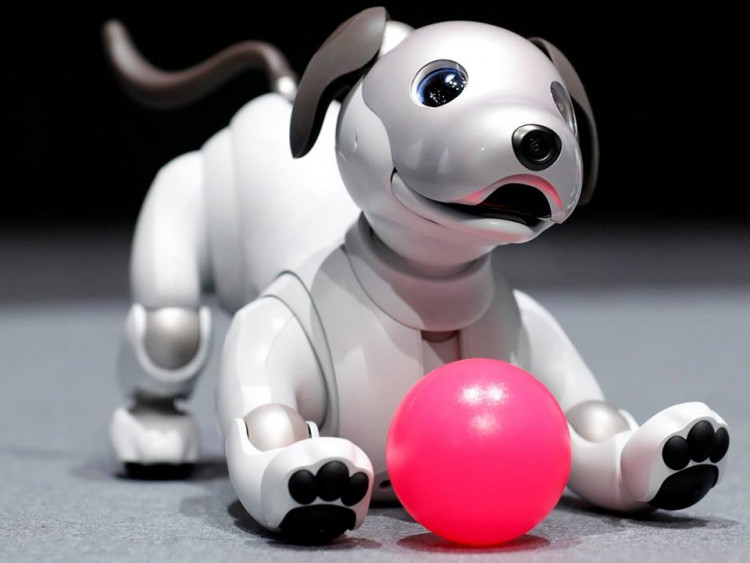It can wag its tail, do tricks, and give you the puppy eyes that will surely melt your heart, but it is not the real thing. Robotic pets are so prevalent nowadays, but can this artificial intelligence (AI) replace the real ones?
Sony's new robot dog, Aibo First Litter Edition, can recognize and respond to its owners through facial expressions and voice commands. The South China Morning Post reported it could also grow smarter as the time goes by. It could even detect if its human has a good or bad day, thanks to artificial intelligence.
To make it possible, Sony developed different sensors, cameras, and actuators to install in the robot dog. "Ultra-compact 1- and 2-axis actuators" let it move with 22 axes. It also has an adaptable behavior through its inbuilt sensors that can analyze and detect sounds and images. Its two "organic light-emitting diodes" help Aibo's eyes to reveal different expressions.
Sony explained that none of its robotic dogs have the same personality as its artificial intelligence gets developed by different experiences. But although it has the same traits and qualities the real dogs have, can it take the place of real pets?
According to Genetic Literacy Project, robotic pets give the companionship as real animals do. But, the owners don't have the same responsibilities as having a real one. Scientists also believe that the AI-powered companions have psychological benefits, especially to the elderly.
There are studies that prove that robotic pets help fight loneliness among old people. It can also help to fight symptoms of dementia.
Director of the Mobile Robot Laboratory at Georgia Institute of Technology Ronald Arkin said that "it all comes down to basic biology." "People enjoy biological pets for their behavior," he told Futurism.
Arkin even called this area of study "behavioral simulation ethological modeling." He also believed that all of the animals' characteristics, from movement, emotion, to morality, can be adapted in robotic pets. He even revealed that he has the patents on the robotic pets' emotions.
He added that he is currently developing the robotic animals' stimulations of feelings like guilt, shame, embarrassment, and empathy to prove his theory is true. He also deemed that a robotic animal could be as good as a real one.
Arkin wanted to understand how humans relate to animals and find out what gives the satisfaction they feel in their bond. With that, he is confident that he could create something that is better than real pets.






